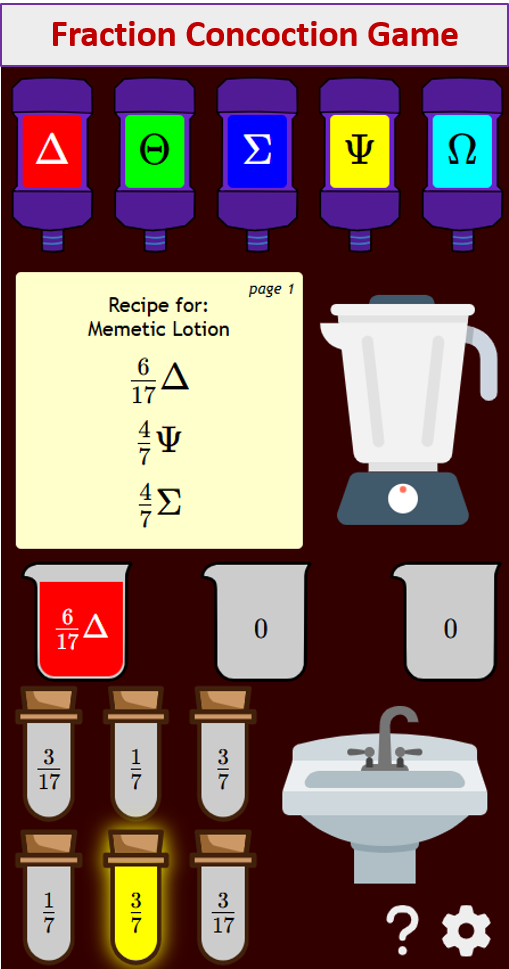IGCSE Maths 2021 0580/41 Oct/Nov
Cambridge CIE IGCSE Past Papers and solutions.
Questions and Worked Solutions for IGCSE 2021 0580/41 Oct/Nov Paper 4.
Related Pages
More IGCSE Past Papers
Share this page to Google Classroom
IGCSE 2021 0580/41 Oct/Nov Questions (pdf)
IGCSE 2021 0580/41 Oct/Nov Mark Scheme (pdf)
- (a) The diagram shows a brick in the shape of a cuboid.
(i) Calculate the total surface area of the brick.
(ii) The density of the brick is 1.9g/cm3.
Work out the mass of the brick.
Give your answer in kilograms.
(b) 9000 bricks are needed to build a house.
200 bricks cost $175.
Work out the cost of the bricks needed to build 5 houses.
(c) Saskia builds a wall using 1500 bricks.
She can build at the rate of 40 bricks each hour.
She works for 9 hours each day.
Saskia starts work on 6 July and works every day until the wall is completed.
Find the date when she completes the wall.
(d) Rafa has a cylindrical tank.
The cylinder has a height of 105cm and a diameter of 45cm.
Calculate the capacity of the tank in litres. - Bob, Chao and Mei take part in a run for charity.
(a) Their times to complete the run are in the ratio Bob : Chao : Mei = 4 : 5 : 7.
(i) Find Chao’s time as a percentage of Mei’s time.
(ii) Bob’s time for the run is 55 minutes 40 seconds.
Find Mei’s time for the run.
Give your answer in minutes and seconds.
(b) Chao collects $47.50 for charity.
(i) Bob collects 28% more than Chao.
Find the amount Bob collects.
(ii) Chao collects 60% less than Mei.
Find how much more money Mei collects than Chao.
(c) When running, Chao has a stride length of 70cm, correct to the nearest 5cm.
Chao runs a distance of 11.2km, correct to the nearest 0.1km.
Work out the minimum number of strides that Chao could take to complete this distance.
(d) In 2015, a charity raised a total of $1.6 million.
After 2015, this amount increased exponentially by 2.4% each year for the next 5 years.
Work out the amount raised by the charity in 2020. - The cumulative frequency diagram shows information about the mass, mkg, of each of 80 boys.
On the grid, draw a box-and-whisker plot to show the information in the cumulative frequency diagram.
(b) Use the cumulative frequency diagram to find an estimate of
(i) the 30th percentile,
(ii) the number of boys with a mass greater than 75kg.
(c) (i) Use the cumulative frequency diagram to complete this frequency table.
(ii) Calculate an estimate of the mean mass of the boys.
(iii) Two boys are chosen at random from those with a mass greater than 70kg.
Find the probability that one of them has a mass greater than 80kg and the other has a mass of 80 kg or less.
- (a) Solve
(b) Factorise completely. - (a) A, B, C and D are points on a circle, centre O.
Angle COD = 124° and angle BCO = 35°.
(i) Work out angle CBD.
Give a geometrical reason for your answer.
(ii) Work out angle BAD.
Give a geometrical reason for each step of your working.
(b) P, Q, R and S are points on a circle, centre O.
QS is a diameter.
Angle PRS = 42° and PQ = 5.9 cm.
Calculate the circumference of the circle. - The table shows some values for
(a) (i) Complete the table.
(ii) On the grid, draw the graph of - (a)(i) On the grid, draw the image of
(a) shape A after an enlargement, scale factor 2, centre (0, 1)
(b) shape A after a reflection in the line y x = -1.
(ii) Describe fully the single transformation that maps shape A onto shape B
(b) OABC is a trapezium and O is the origin.
M is the midpoint of AB. - (a) f(x) = 3 - 5x
- (a) This rectangle has perimeter 20cm.
Find the value of x
(b) This rhombus has perimeter 20cm and angle y is obtuse.
M is the midpoint of one of the sides.
Find the value of y.
(c) This sector of a circle has radius r and perimeter 20cm.
Find the value of z.
Try out our new and fun Fraction Concoction Game.
Add and subtract fractions to make exciting fraction concoctions following a recipe. There are four levels of difficulty: Easy, medium, hard and insane. Practice the basics of fraction addition and subtraction or challenge yourself with the insane level.

We welcome your feedback, comments and questions about this site or page. Please submit your feedback or enquiries via our Feedback page.